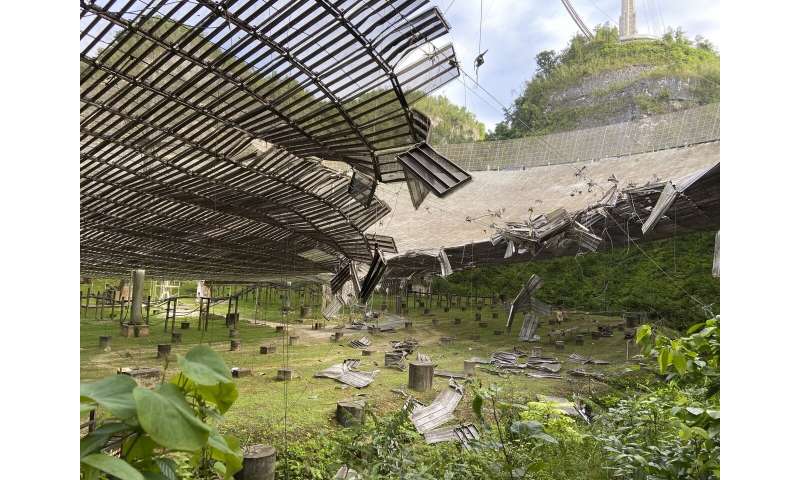In my previous post on the The Magic of Image Processing - Part 1, I discussed the capturing of the data and the initial calibration and stacking to get a single master frame. It is a well known fact that stacking lots of subs yields better signal to noise ration (SNR). After all, that's why we take lots and lots of images. We want to reduce the overall noise as much as possible to achieve the best possible image at the end. In that article I showed how this stacking process yields a final master that we then use to produce the final image. What I did not mention is that we go through a process of selecting only the best subs before the stacking is completed.
Stacking all the subs taken on a given evening of imaging is not ideal because some may be degraded in some way. The obvious issues are subs with airplane (or satellite) trails in them, shifting images due to sudden movement of the mount, etc. We generally want to only use the best subs we have. Now I know it's tempting to use all the subs captured, especially since clear nights are hard to come by and who wants to throw away precious images. But how do you know what's good enough? Where do you draw the line?
Excluding the obvious cases of ruined subs, there are two key measures that I look at when deciding which subs to keep and which to reject. They are the eccentricity (E) and the Full Width Half Maximum (FWHM) values of the image.
Photographing a faint nebula or other deep space object requires long exposures of up to 10 minutes or more. The telescope mount must counter the earth's rotation so that the image stays fixed in the camera's view. But, no matter how good the mount is, there is always opportunity for the image to drift. Wind and mount gearing issues are a couple of the things that can effect absolute perfect tracking. Whenever the tracking fails (either it doesn't keep up with the earth's rotation, or speeds up for some reason) stars appear elongated, or 'eggy' and image details suffer. The measure of this 'eggyness' is the eccentricity. Stars with eccentricities of 0 are perfect disks. Eggy stars have E values in excess of 0.6. It turns out that the human eye will accept an object as 'round' as long as its eccentricity is 0.42 or less. With that in mind, I will usually set my software to accept subframes where the star images have eccentricities of 0.5 or less, allowing a little bit of extra freedom.
The second measure, FWHM, is a measure of the quality of an astronomical image based on how much the telescope and atmosphere have smeared a point source in an image over several pixels on a camera's sensor. When the atmosphere is very unsteady, the light from a distant object does not fall on the same location on the sensor over time. Since it is refracted, or bent, as it moves through the various layers of air, over the duration of an exposure the light is smeared out and is not as distinct or sharp as it could be. Ideally a star should produce a fairly small disk on the sensor. Bad seeing makes this disk much larger, and the star appears bloated. Of course, all the data is equally smeared, so the overall image appears soft and blurry. Since none of us can afford time on the Hubble Telescope, we must deal with the effects of the atmosphere on our images.
I have found that FWHM values of less than about 6-8 produce good results. The actual value changes with the camera, telescope and focal length, but you generally want the smallest FWHM value as you can get. And, during the night, the FWHM can change, usually because of clouds, water vapor, and other atmospheric phenomena.
The software I use, PixInsight, provides a function that calculates these measures (and others) as part of a subframe selection process. When I have all the subs for a given object, I run the Subframe Selection tool to measure the values of E and FWHM. Based on the results I decide what subs to keep and which ones to reject.
Recently I have collected a number of subs of the famous Pillars of Creation, near the center of M16, the Eagle Nebula. I still need to collect more before I can complete the final image, but I do have sufficient Ha subs that I can use to show the effect of E and FWHM on a completed master.
The image on the left is a stacked image of subs that had eccentricities > 0.45. On the right, the E values were <= 0.45. You can see that the stars are more distinct and rounder.
The image on the left is a stack of subs with FWHM > 8, while the one on the right < 8. The stars are less bloated and the overall image is clearer (although the eccentricity issues are still there).
As you can see both images on the right are improved over the ones on the left. If I stack both sets of subs, low E and FWHM I get the ideal master (it is very noisy since it is composed of only 8 subs) with the clarity that the best subs can produce.
Even this final master exhibits some minor bloating, and it looks like there is still a small issue with eccentricity, but that will be improved when the full set of subs are combined.















